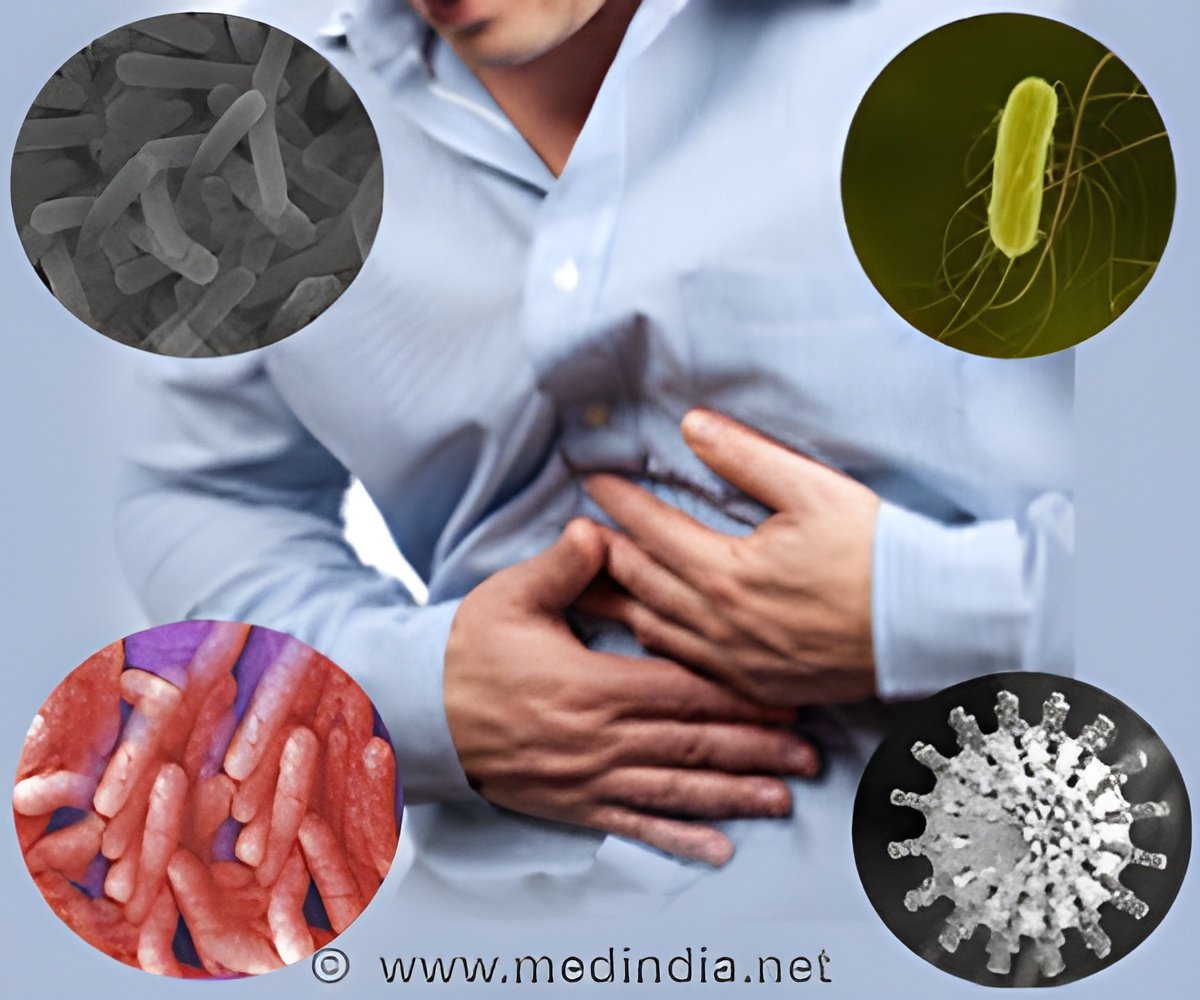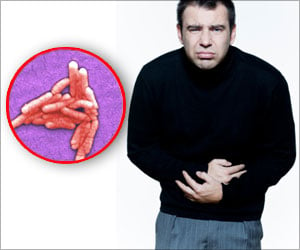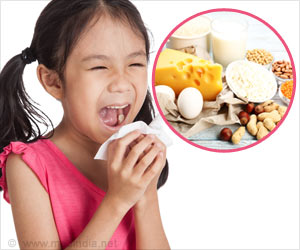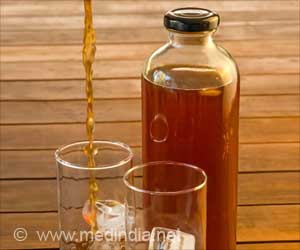
‘A resilient covering could help keep food-contact surfaces clean in the food processing industry, including meat processing plants.
’
Read More..Tweet it Now
"I knew that other researchers had developed antimicrobial coatings this way, but they hadn't focused on the coatings' mechanical resistance or durability," Dominguez said. Read More..
"In the presence of ultraviolet light, oxygen, and water, the titanium dioxide will activate to kill bacteria from the food contact surfaces on which it is applied. Although the coating is applied as a liquid at the beginning of the process, once it is ready to use, it becomes a hard material, like a thin layer of ceramic."
Heather K. Hunt, an associate professor in the College of Engineering and one of Dominguez's advisors, guided Dominguez through the process of finding, selecting, synthesizing and characterizing the titanium dioxide material a known disinfecting agent that is also food safe.
"We picked this material knowing it would have good antimicrobial behavior, and we strengthened its mechanical stability to withstand normal wear and tear in a typical food processing environment," said Hunt, whose appointment is in the Department of Biomedical, Biological, and Chemical Engineering.
"In addition to normal cleaning procedures, our coating can add an additional layer of prevention to help stop the spread of foodborne contamination."
Advertisement
Mustapha is encouraged by the group's progress as this could be a way to deter the spread of foodborne germs in a food processing environment.
Advertisement
The researchers said this is the first step needed toward future testing of the coating's properties in a real-world environment. Although the team has not tested it for use against the novel coronavirus, Hunt and Mustapha believe their coating can help stop the spread of the COVID-19 pandemic in a food processing environment of its durability and disinfecting qualities. So far, it has shown to be effective against a strain of E. coli that can be deadly in people, and more work is being done to test the coating against other disease-causing bacteria.
The study, "Design and characterization of mechanically stable, nanoporous TiO2 thin film antimicrobial coatings for food contact surfaces," was published in Materials Chemistry and Physics. Co-authors include Phong Nguyen at MU and Annika Hylen at St. Louis University. Funding was provided by the graduate fellowship program of the Fulbright Program and the Comision Mexico-Estados Unidos para el Intercambio Educativo y Cultural (COMEXUS). The content is solely the responsibility of the authors and does not necessarily represent the official views of the funding agencies.
Source-Eurekalert















